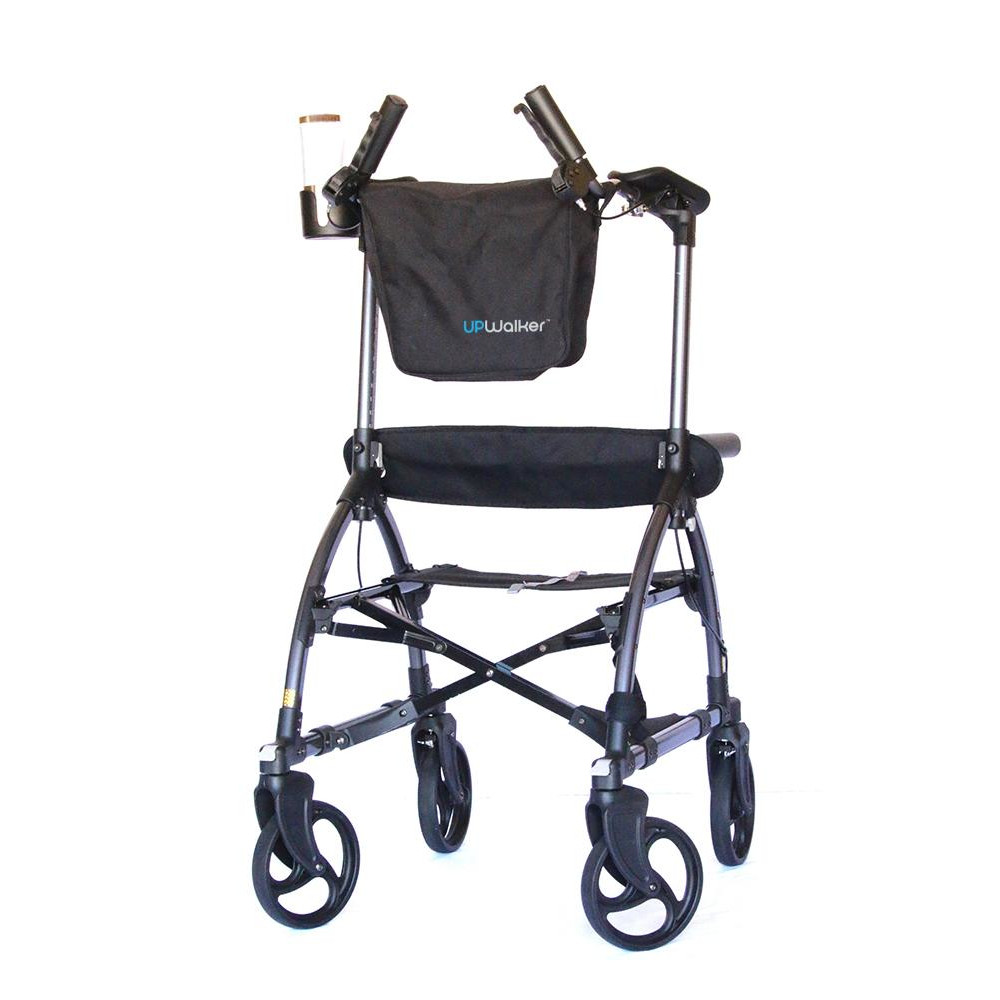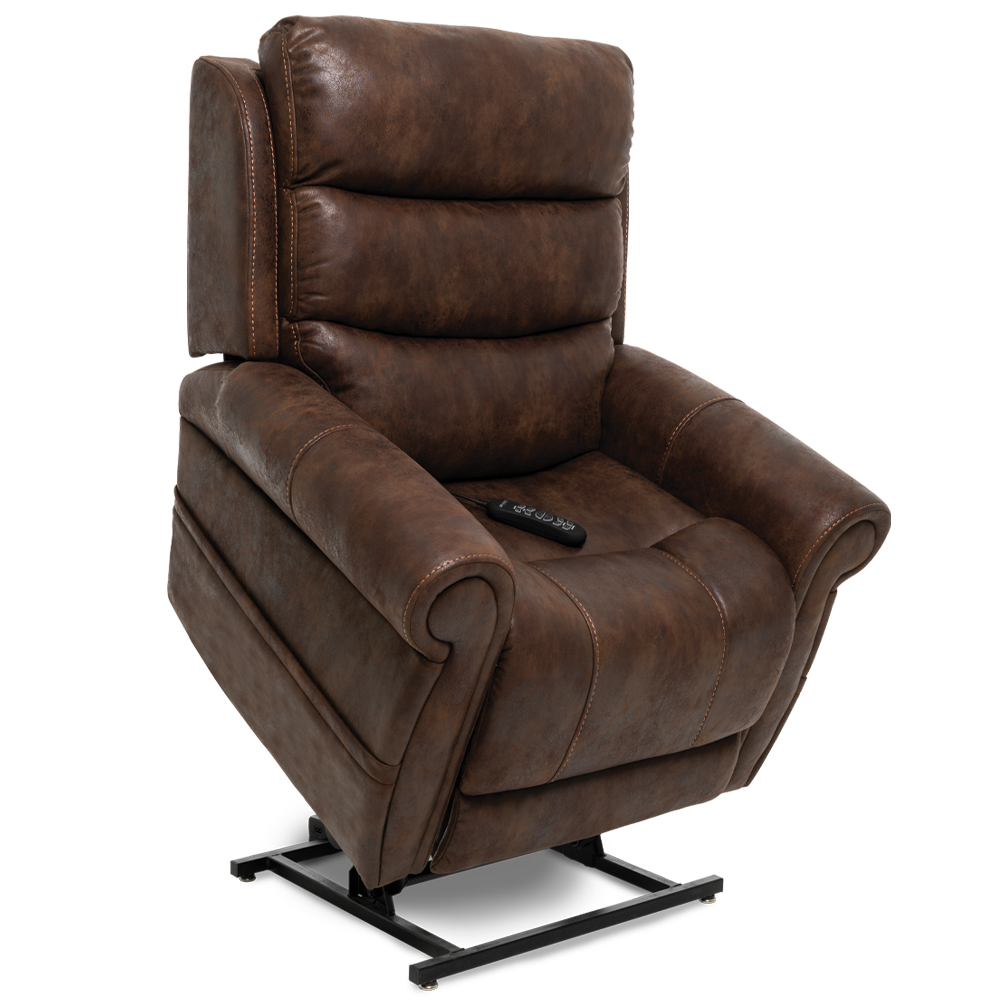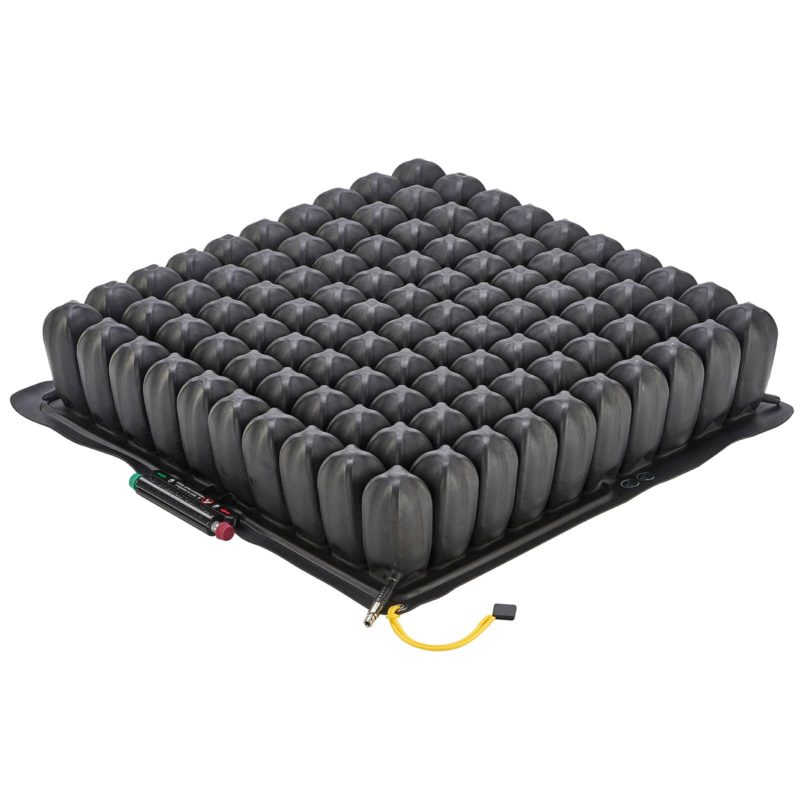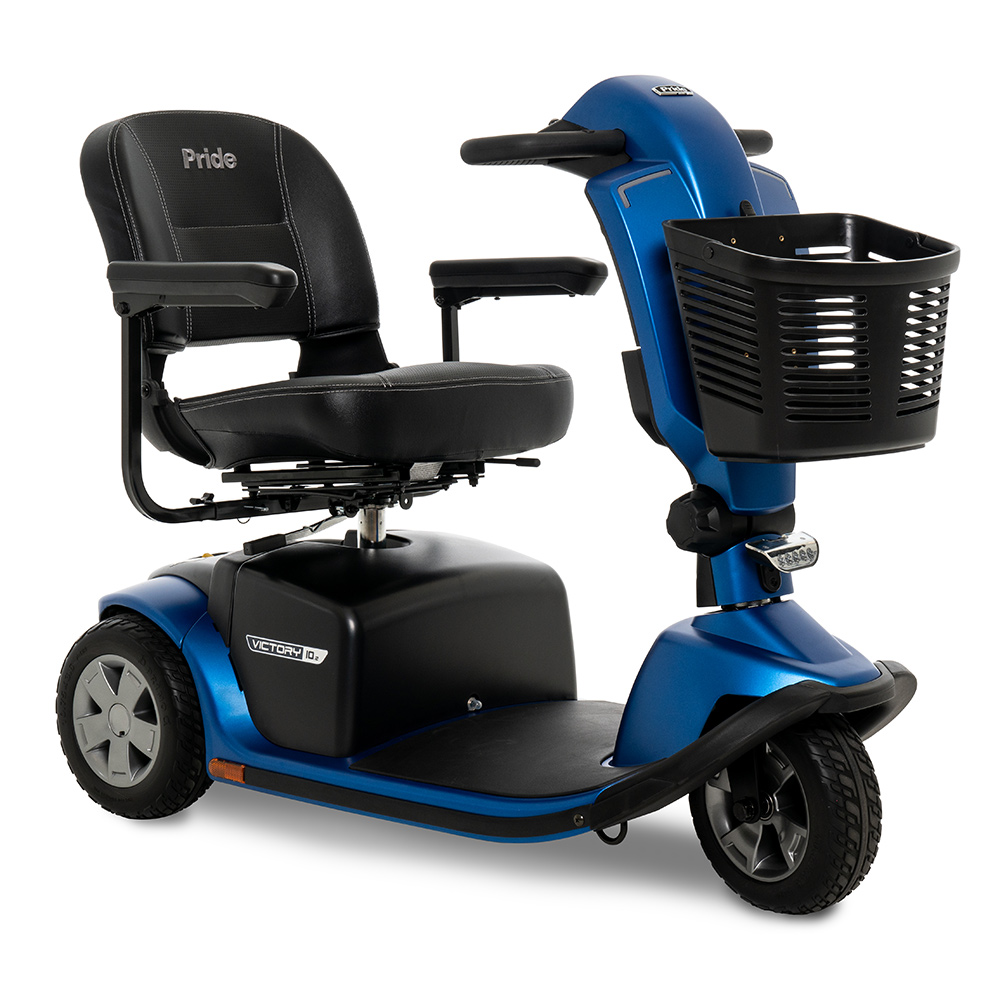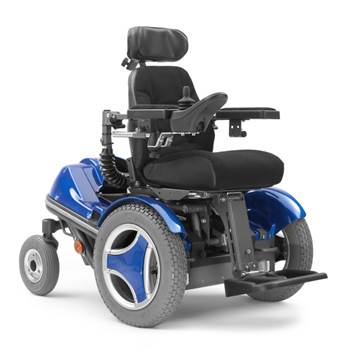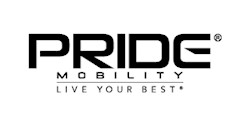MEDICARE RESOURCES
MANUAL WHEELCHAIR
Manual Wheelchair
For any item to be covered by Medicare, it must 1) be eligible for a defined Medicare benefit category, 2) be reasonable and necessary for the diagnosis or treatment of illness or injury or to improve the functioning of a malformed body member, and 3) meet all other applicable Medicare statutory and regulatory requirements. For the items addressed in this medical policy, the criteria for “reasonable and necessary” are defined by the following indications and limitations of coverage and/or medical necessity.
For an item to be covered by Medicare, a written signed and dated order must be received by the supplier before a claim is submitted. If the supplier bills for an item addressed in this policy without first receiving the completed order, the item will be denied as not medically necessary.
A manual wheelchair is covered if:
a) Criteria A, B, C, D, and E are met; and
b) Criterion F or G is met.
Additional coverage criteria for specific devices are listed below.
A) The patient has a mobility limitation that significantly impairs his/her ability to participate in one or more mobility-related activities of daily living (MRADLs) such as toileting, feeding, dressing, grooming, and bathing in customary locations in the home.
– A mobility limitation is one that:
1) Prevents the patient from accomplishing an MRADL entirely, or 2) Places the patient at reasonably determined heightened risk of morbidity or mortality secondary to the attempts to perform an MRADL; or 3) Prevents the patient from completing an MRADL within a reasonable time frame.
B) The patient’ s mobility limitation cannot be sufficiently resolved by the use of an appropriately fitted cane or walker.
C) The patient’s home provides adequate access between rooms, maneuvering space, and surfaces for use of the manual wheelchair that is provided.
D) Use of a manual wheelchair will significantly improve the patient’s ability to participate in MRADLs and the patient will use it on a regular basis in the home.
E) The patient has not expressed an unwillingness to use the manual wheelchair that is provided in the home.
F) The patient has sufficient upper extremity function and other physical and mental capabilities needed to safely self-propel the manual wheelchair that is provided in the home during a typical day.
– Limitations of strength, endurance, range of motion, or coordination, presence of pain, or deformity or absence of one or both upper extremities are relevant to the assessment of upper extremity function.
G) The patient has a caregiver who is available, willing, and able to provide assistance with the wheelchair.
If the manual wheelchair will be used inside the home and the coverage criteria are not met, it will be denied as not medically necessary.
If the manual wheelchair will only be used outside the home, see related Policy Article for information concerning coverage.
A standard hemi-wheelchair (K0002) is covered when the patient requires a lower seat height (17″ to 18″) because of short stature or to enable the patient to place his/her feet on the ground for propulsion.
A lightweight wheelchair (K0003) is covered when a patient:
a) Cannot self-propel in a standard wheelchair in the home; and
b) The patient can and does self-propel in a lightweight wheelchair.
A high strength lightweight wheelchair (K0004) is covered when a patient meets the criteria in (1) and/or (2):
1) The patient self-propels the wheelchair while engaging in frequent activities in the home that cannot be performed in a standard or lightweight wheelchair.
2) The patient requires a seat width, depth, or height that cannot be accommodated in a standard, lightweight or hemi-wheelchair, and spends at least two hours per day in the wheelchair.
A high strength lightweight wheelchair is rarely medically necessary if the expected duration of need is less than three months (e.g., post-operative recovery).
Coverage of an ultralightweight wheelchair (K0005) is determined on an individual consideration basis.
A heavy duty wheelchair (K0006) is covered if the patient weighs more than 250 pounds or the patient has severe spasticity.
An extra heavy duty wheelchair (K0007) is covered if the patient weighs more than 300 pounds.
If the additional coverage criteria for a K0002, K0003, K0004, K0006, or K0007 wheelchair are not met but the criteria for another manual wheelchair base are met, payment will be based on the allowance for the least costly medically appropriate alternative.
If a K0005 wheelchair base is determined to be not medically necessary but criteria are met for a less costly wheelchair, and if it is billed as a rental, payment will be based on the least costly alternative (K0001 – K0004). However, since K0005 is in a different payment category, if it is billed as a purchase it will be denied as not medically necessary.
How Do I Qualify For a Wheelchair?
You must have Medicare Part B coverage and you must have been assessed by your doctor. The doctor must have documented your need in your medical record, and wrote you an order (prescription) for the equipment. The supplier must have the order on file before billing for the chair. In addition, the need for the wheelchair must meet the following criteria:
- You cannot walk, even with the support of other mobility equipment (canes, walkers, etc.)
- You would spend most of your time in bed or in a chair without the use of a wheelchair
- You can transfer safely in and out of the wheelchair
- You are able to sit and ride safely in the wheelchair and can operate the controls
- The primary reason for needing the item is to help you move about independently, not to prevent an injury from occurring where no injury or illness exists (even through it will help prevent injury, as well)
- The primary use will be inside the home. Although you can also use the wheelchair while outside the home, it may not be for use only when outside the home setting.
About
ANDERSON WHEELCHAIR
Anderson’s Wheelchair is a family owned and operated business located in Rochester, MN, serving the greater South East Minnesota area for over 53 years! Located directly across from the Rochester Mayo Clinic St. Mary’s Hospital facility, Anderson’s Wheelchair supplies a complete line of home medical equipment and supplies, but our specialty remains wheelchairs!

